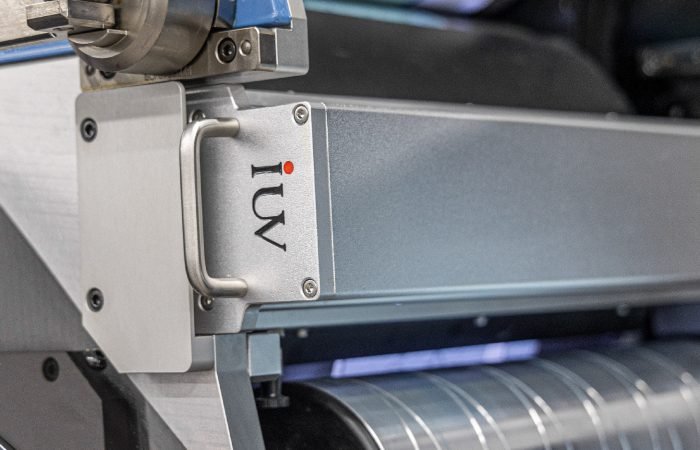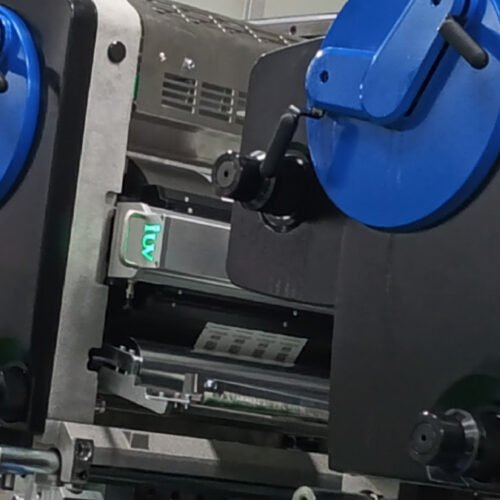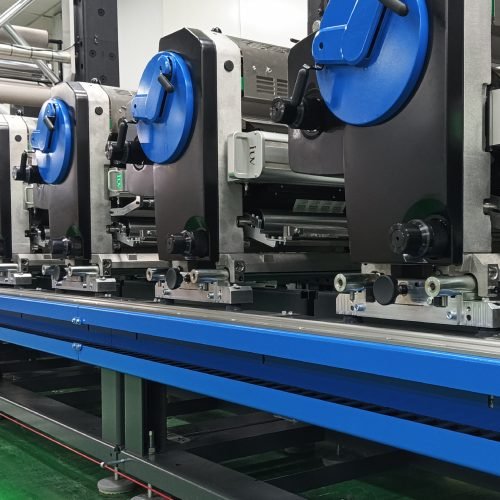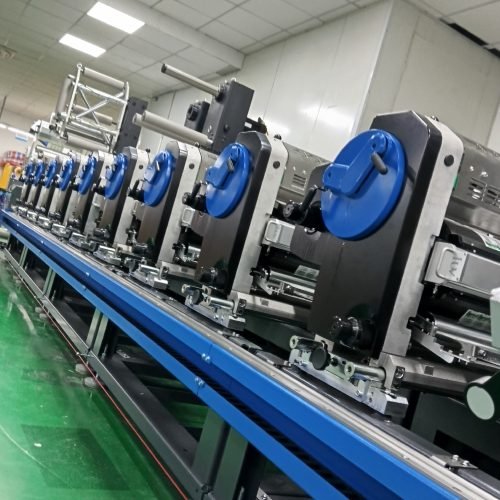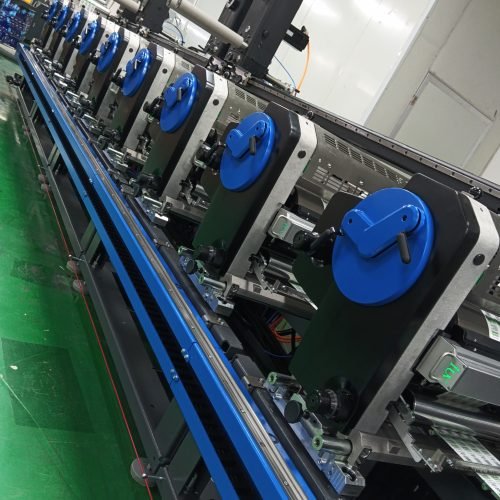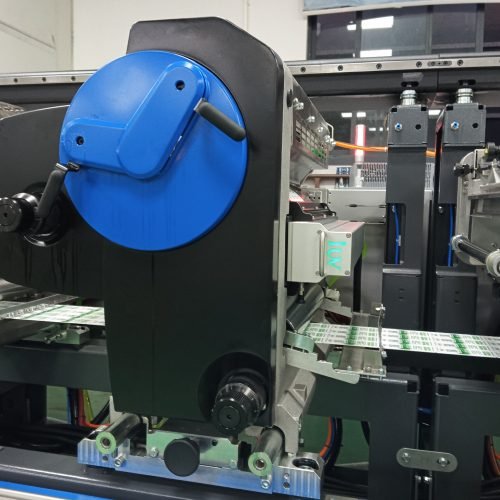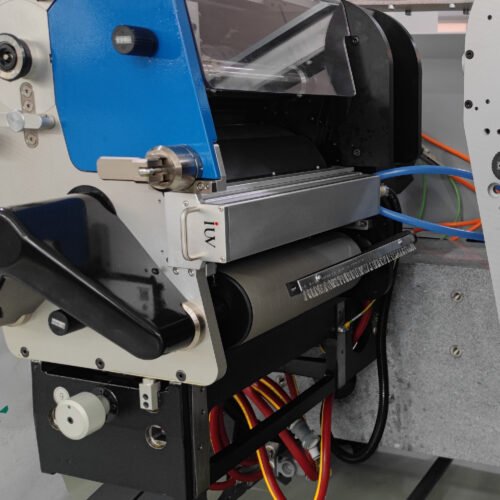UV curing in flexo printing speeds up production and boosts durability, but even seasoned pros hit snags. Let’s break down common headaches and fixes without the jargon.
Incomplete Curing
Sticky prints or smudged ink? Check your UV lamp first. LED systems need consistent power—fluctuations below 90% output cause under-curing. Clean lenses monthly; dust cuts efficiency by 15-20%. Match ink viscosity to your anilox rolls. Thin inks spread unevenly, thick ones block cells. For pigments like white or metallic, bump exposure time 10-15%—they reflect more UV light.
Ink Adhesion Failures
When ink peels off polypropylene or PET labels, surface energy’s the culprit. Test substrates with dyne pens—aim for 42 mN/m. Flame treaters or corona systems boost adhesion fast. Swap universal inks for substrate-specific formulas. Adjust lamp distance: too close warps thin films, too far weakens bonding.
Blurry Prints or Dot Gain
Squashed dots ruin fine details. Check mounting tape hardness—medium-hard foams (50-60 Shore A) balance pressure. Reduce impression roller force by 0.1-0.2 Bar increments. Keep shop temps stable: a 5°C swing changes plate dimensions by 0.3%. For water-based inks, control humidity at 55±5% RH to prevent plate swelling.
LED Overheating
LED arrays failing early? Heat sinks need unobstructed airflow. Install thermal sensors—shut down systems at 85°C. Cycle lamps during downtime: 10 minutes off per hour extends lifespan. Dirty reflectors scatter UV—clean with lint-free wipes and isopropyl alcohol weekly.
Ink Skin Formation
Crusty ink pots waste material. Use nitrogen blanketing in reservoirs—O² levels under 2% prevent polymerization. For open systems, add 0.5-1% inhibitor like MEHQ. Switch to UV-curable inks with longer pot life (8 hours).
Color Consistency Issues
Batch shifts in Pantone matches? Meter ink film thickness—±0.1 µm changes density visibly. Calibrate anilox volumes monthly. Install inline spectrophotometers for real-time adjustments. For gradient work, maintain 120-150 LPI anilox rolls.
Substrate Curling
Thin films warping post-cure? Chill rolls at 10-15°C reduce thermal stress. Slow web speed 5-10% for thicker stocks. Balance IR heat from lamps with air knives—keep substrate under 60°C.
Odor Problems
VOCs triggering complaints? Low-odor acrylate formulations cut smells 70%. Exhaust systems need 15-20 air changes/hour. Carbon filters last 6-8 months with UV inks.
Curing on Dark Substrates
Black labels reflecting less UV? Try photoinitiators like TPO-L (380-420nm range). Increase irradiance to 8-10 W/cm². Metallic substrates? Ground the web—static dissipators prevent ink pull-back.
Web Tension Errors
Wrinkles or registration drift? Check nip roller pressure—overloading stretches thin materials. Servo-driven unwinds maintain ±0.5% tension. For stretchy films, use pre-registration cameras.
Dial in these variables methodically. Track adjustments in a log—time, settings, outcomes. Most issues stem from four factors: light intensity, ink-substrate match, mechanical setup, or environmental control. Swap one variable at a time during tests. Keep lamp maintenance logs and ink batch records. When stuck, simplify—revert to baseline settings and rebuild parameters.
Got a persistent gremlin? Sometimes it’s the hidden variables—check power quality (voltage sags during curing cycles), or ambient UV from nearby windows. Partner with ink suppliers for formulation tweaks—they’ll adjust photoinitiator packages for your specific setup.
Flexo’s a dance between chemistry and mechanics. Nail the rhythm, and you’ll turn press stops into productive runs. Keep tweaking, keep testing—that’s where the magic happens.

